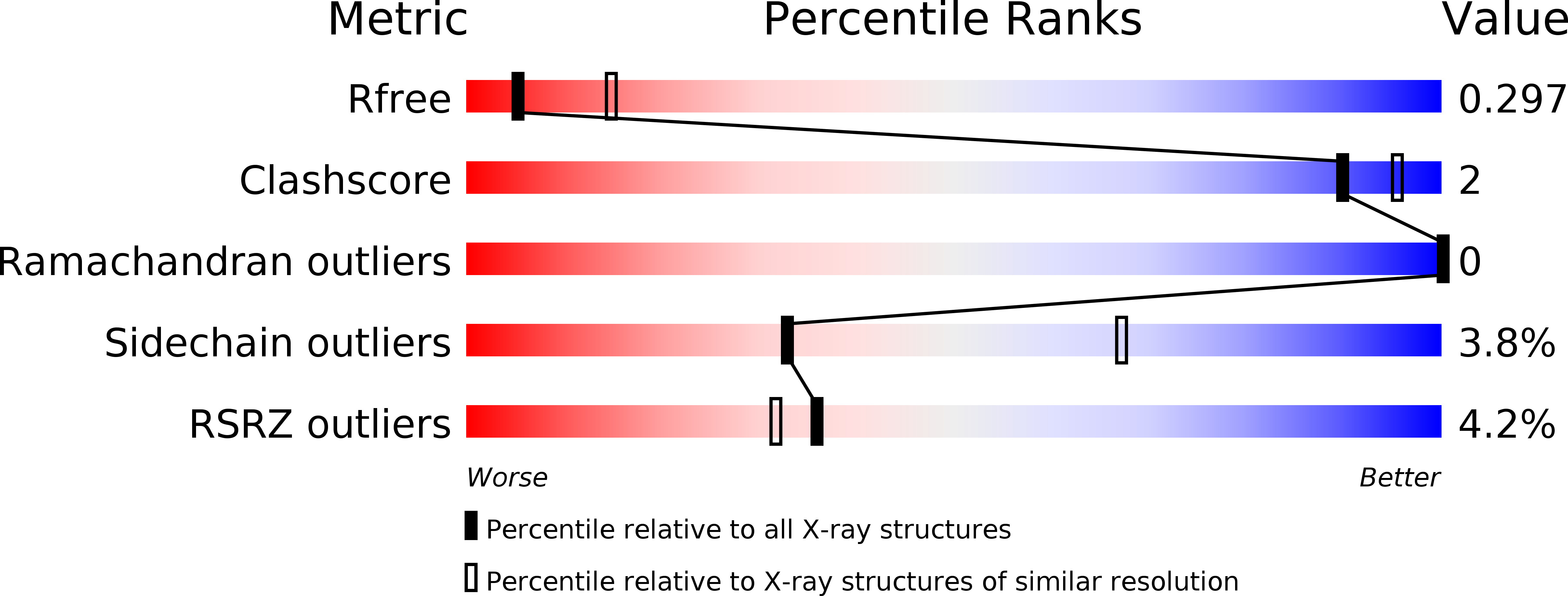
Deposition Date
2014-07-18
Release Date
2014-09-10
Last Version Date
2023-09-27
Method Details:
Experimental Method:
Resolution:
2.90 Å
R-Value Free:
0.26
R-Value Work:
0.20
R-Value Observed:
0.21
Space Group:
C 1 2 1


